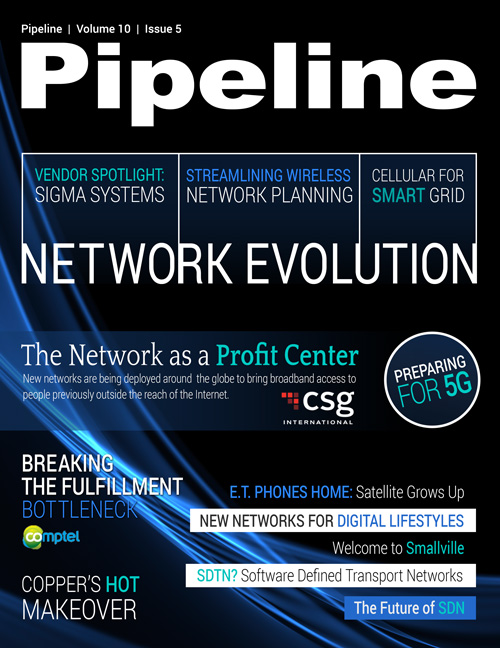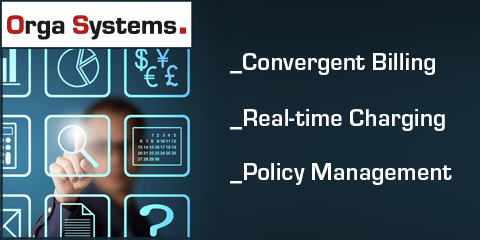Copper's Hot Makeover Delays Demand for Fiber Investment
By: Becky Bracken

Times are tough just about everywhere. Infrastructure buildout is taking a back seat to just keeping the lights on in many communications service providers’ organizations. But while CAPEX (capital expenditures) may be slowing, customers have increased their demand for fixed-line broadband and the services it delivers; as a result, cable companies have historically dominated the broadband scene.
But now copper DSL is getting a new lease on life. Sure, fiber may be best but, with its high cost and labor-intensive installation, it's priced out of reach for most practical CSP deployments. New copper technologies though, from vectoring to G.fast, are emerging to give those old copper lines one seriously hot makeover.
Copper’s value
“A couple of years ago I would have said copper is on its last leg and fiber is the name of the game,” analyst Jeff Heynen of Infonetics says. “But the economic downturn, particularly in Europe, has shifted the focus back to copper.”
In fact, in September 2011 The Register stated that British Telecom’s 75 million-plus miles of copper cable was worth a staggering 50 billion pounds, more than four times the company’s value at the time. BT naturally took issue with the number, partly out of concern that anyone looking for a quick payday would hit the streets with a shovel and start digging for copper to sell for scrap.
The implication for the beleaguered telco was clear: the copper in the ground was more valuable as scrap than as a network asset that could be monetized. That is, until new vectoring technologies were introduced commercially last year, resurrecting the value and street cred of those old-school twisted pairs. By the end of this past summer BT was conducting trials on vectoring technology that would supercharge those copper lines to deliver last-mile broadband speeds of up to 100 megabits per second (Mbps).Spoiler alert: copper’s superhot, superfast makeover opens up a whole new world to operators of triple- and quad-play service offerings, which happen to be the golden goose of ARPU, or average revenue per user.
According to Alcatel-Lucent’s 2011 white paper “Get to Fast, Faster,” fiber-to-the-node, or FTTN, deployment of VDSL (very-high-speed DSL) is about three times cheaper than running fiber to the home, or FTTH. Digging up neighborhoods and houses is a tricky business, but using copper for the last mile solves those headaches, not to mention the truck rolls, technician snafus, liabilities for damage to private property, and more.
In countries with large Muslim populations it’s not unusual for a male service technician to not be allowed in the home when another male isn’t present. The entire affair of running FTTH can be one big hassle: Stefaan Vanhastel, marketing director of Alcatel-Lucent’s fixed-networks business, says that 38 percent of customers who sign up for FTTH refuse installation of the service once they realize how disruptive it will be.





















